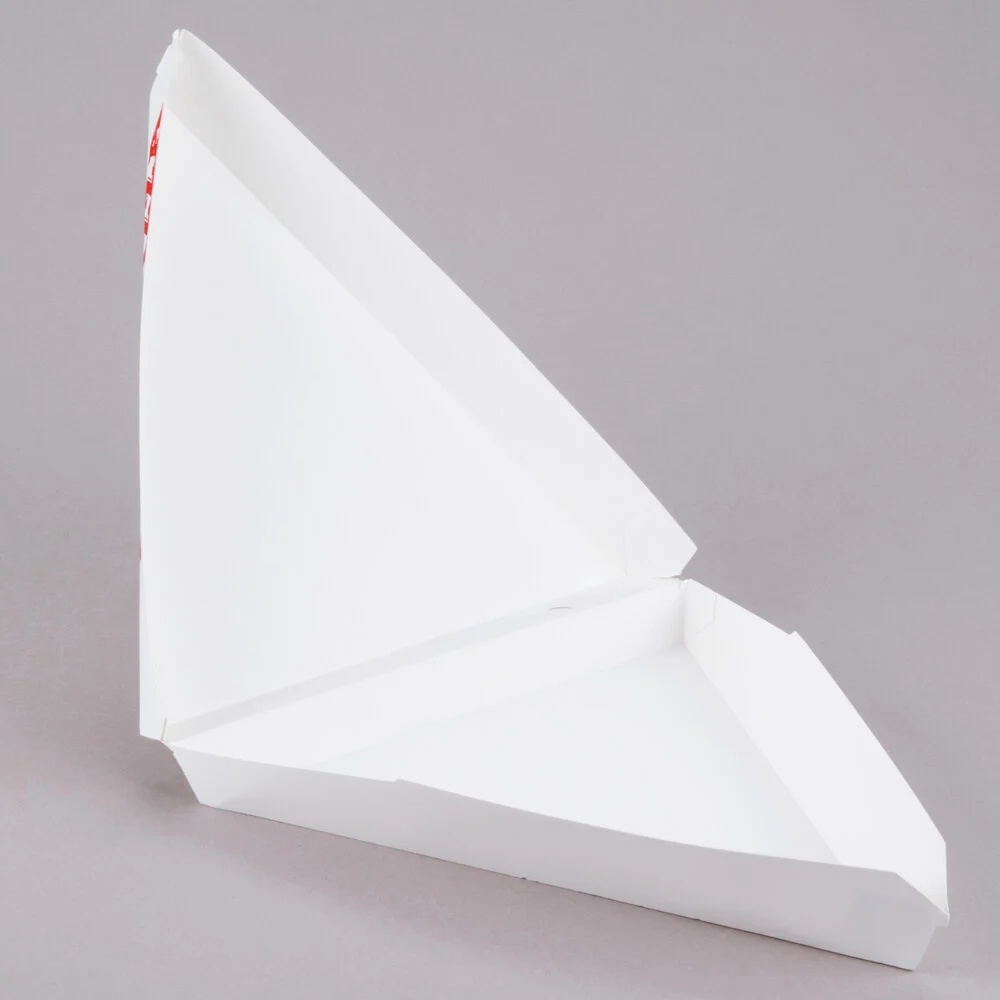I. Basic cognition of Pizza Box recycling: Material properties and classification dilemmas Pizza box recycling refers to recycling the materials of the pizza
packaging box after use to reduce the waste of landfill and resources.? ?The core problem is that traditional pizza boxes are mostly paper materials, but they are often contaminated by grease and food residue, which reduces the recycling value or increases the difficulty of handling.
?
- Material composition: Standard pizza boxes are usually made of corrugated paper, which is recyclable paper itself, but grease penetration will destroy the fiber structure and reduce the recycling value.
?
- Classification dispute: According to Yangjiang Municipal People's Government, pizza boxes contaminated by oil may be classified as "other garbage" (dry garbage) because it is difficult to separate impurities, while the unpolluted part can be recycled;? ?The American Forest and Paper Institute points out that the pizza box can be recycled directly as long as the residual food is removed, and the grease does not interfere with the processing process.
?
- Real case: Some domestic cities such as Shanghai garbage classification guideline, the oil contamination of paper packaging need for "dry garbage barrels, and San Francisco, Seattle and other cities have pizza box into the conventional recycling project.
?
II. Environmental innovation: degradable materials and design optimization
Through material innovation and structural design, the problem of recycling pizza boxes from the source is solved, while reducing the environmental impact.
?
Key trends and developments
- Biodegradable materials: Dr. Ote's pizza box uses biodegradable biological materials, which decompose quickly under natural conditions to avoid the pollution of traditional plastic or oil paper;Control carbon emission in the production process, in line with environmental standards.
?
- Oil-resistant design: By adding food-grade oil-resistant coatings (such as plant-based waxes), reduce oil penetration, maintain the integrity of paper fibers, and improve recycling feasibility.
?
- Structural optimization: By optimizing the stability design of the box body, the deformation and damage during transportation are reduced, and the waste of materials is indirectly reduced.
?
III. Differences in Recycling Systems and Policies: A Comparison of Domestic and International Practices
There are significant differences in policies, technologies and infrastructure support for pizza box recycling in different regions, which directly affect the efficiency and feasibility of recycling.
?
International comparison
- Domestic status: In China's garbage classification system, polluting paper packaging is mostly classified as "other garbage", and recycling depends on manual sorting, with high cost.Food delivery platforms such as Meituan and Ele. me have yet to promote biodegradable pizza boxes on a large scale.
?
- American experience: The American association of Lin paper studies confirm that 2021 pizza box can be recycled, and each year about 3 billion 600000 tons of corrugated paper in a pizza box can be converted into recycled paper products, such as packaging materials, toilet paper, part of the state has to be included in the compulsory recycling directory.
?
IV. Consumer Behavior and corporate responsibility: the end and source of the recycling chain
The classification of consumer habits and enterprise's production, marketing strategy, to pizza box recovery effect.
?
- Consumer perception bias: Most users mistakenly believe that "all paper is recyclable", resulting in contaminated pizza boxes being put into recyclable buckets, instead polluting other recyclables (such as clean paper and plastic bottles).
?
- Corporate responsibility: Brands promote environmental awareness through marketing, such as Dr. Oerte's recycling process through social media, encouraging users to recycle after cleaning up residual food;Chain brands such as Pizza Hut and Domino's are experimenting with recyclable or degradable packaging, but the cost is high and popularization is difficult.
?
V. Future direction: Technological breakthrough and circular economy
Through technological innovation and industrial chain integration, a closed-loop circular economic model of "production-use-recovery-regeneration" of pizza boxes is constructed.
?
Potential solutions
- Biodegradable technology: Eliminate the need for recycling by developing edible or composted pizza box materials (e.g., starch-based, mushroom mycelium).
?
- Intelligent recycling equipment: By combining AI image recognition, automatic sorting of contaminated and uncontaminated pizza boxes improves recycling efficiency.
?
- Policy incentives: The government gives tax incentives to enterprises that use degradable packaging and provides subsidies to recycling enterprises to promote the transformation of the industrial chain.
?
?
VI. Summary
Material contradiction: The pizza box itself is recyclable paper, but the oil pollution makes the classification and disposal more difficult, and the pollution degree needs to be distinguished.
?
International differences: The United States supports regular recycling of pizza boxes, while domestic pollution products are temporarily classified as "dry waste". Policy and technology maturity affect the feasibility of recycling.
?
Innovation Direction: Degradable materials (such as Dr. Oerte's case) and oil-proof design are the main means for enterprises to solve the recycling problem.
?
Consumer role: The user needs to improve classification consciousness, cleaning the residual food again after delivery, other recyclable objects to avoid pollution.
?
Key to the future: Technological breakthroughs (e.g., smart sorting, biomaterials) combined with policy incentives are central to achieving a circular economy in the pizza box.



